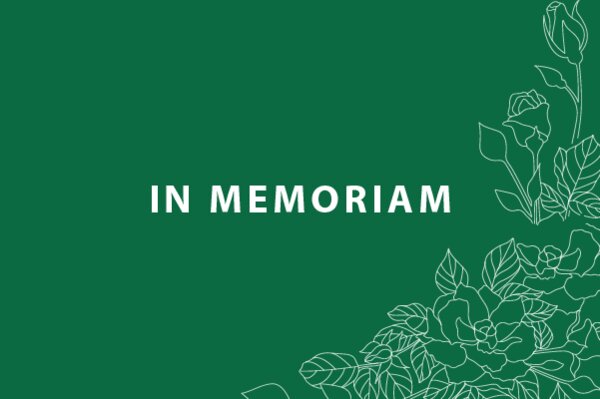
Canada in dire need of revised water policies, USask experts say
Canadians can no longer be assured our waters are abundant, safe and secure, says Dr. John Pomeroy (PhD) of the Department of Geography and Planning
Water experts from across the country gathered in the nation’s capital for a forum on water security to discuss solutions to make communities and industries more resilient and less vulnerable to climate change.
Those in attendance, including Minister of Public Safety and Emergency Preparedness Ralph Goodale and University of Saskatchewan President Peter Stoicheff, addressed the scientific evidence of worsening water sustainability, climate-related water crises, and the science and policy solutions needed to address these issues that include suggested changes to the Canada Water Act.
The forum comes on the heels of a recent report by Environment and Climate Change Canada that states the country is warming twice as fast as the global average and three times as fast in the North, with prediction for more extreme weather events, floods, drought, and forest fires.
Dr. John Pomeroy (PhD), director of the USask-led Global Water Futures (GWF) program, emphasized that Canada’s current policies on water could vastly improve.
“Canadians can no longer be assured our waters are abundant, safe and secure,” said Pomeroy. “Global temperatures continue to increase, glaciers melt, permafrost thaws, river flows become unpredictable, and lakes warm and fill with toxic algae, so science is telling us that these changes are going to increasingly affect everyone and the time to do something about this is now.”
Pomeroy said the impacts of these rapid changes in water availability and quality are dangerous and expensive, with skyrocketing costs of floods and droughts for families, towns and cities, the insurance sector, businesses, and ultimately the federal government.
He does believe there are solutions, and points to four key areas where change could be made:
- centralizing water information, prediction and decision-support services through the creation of a Canada Water Security Centre;
- strengthening transboundary water management that includes both provincial and international borders;
- strengthening reconciliation with Indigenous peoples and ensuring the Canada Water Act is consistent with the United Nations Declaration on the Rights of Indigenous Peoples;
- improving collaborative river basin planning with provinces, territories, and Indigenous communities.
“It’s important that we have these conversations across the country, especially here in Ottawa,” said Pomeroy. “But it’s even more important that we act.”
The research is spearheaded by Global Water Futures, the world’s largest university-led freshwater research program. GWF is led by the University of Saskatchewan, in partnership with the University of Waterloo, McMaster University, and Wilfrid Laurier University.
The event was co-hosted by the Forum for Leadership on Water, Centre for Indigenous Environmental Resources, POLIS Program on Ecological Governance, and the United Nations University Institute for Water, Environment and Health.
More information can be found in Water Security for Canadians: Solutions for Canada’s Emerging Water Crisis and on the Global Water Futures website.


